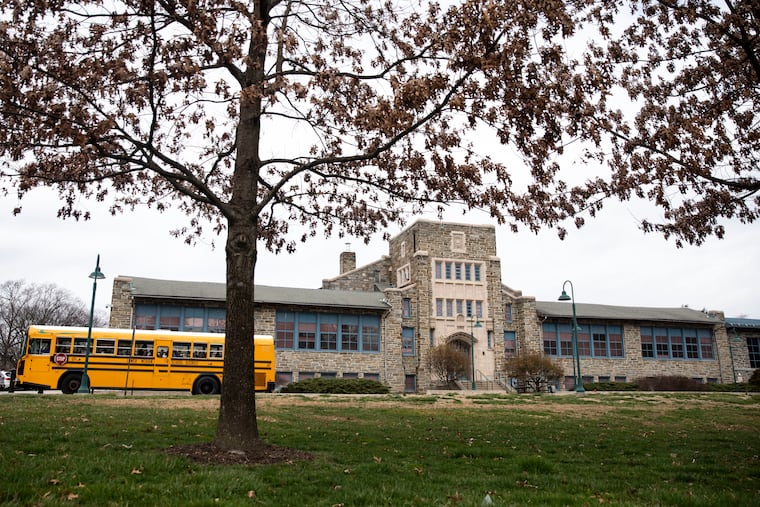Working parents can’t become pretend public-school teachers again this fall | Maria Panaritis
As Pa. school districts scramble to devise re-opening plans this fall, it’s anyone’s guess if a repeat of our damaging spring can be averted for parents of young children.
